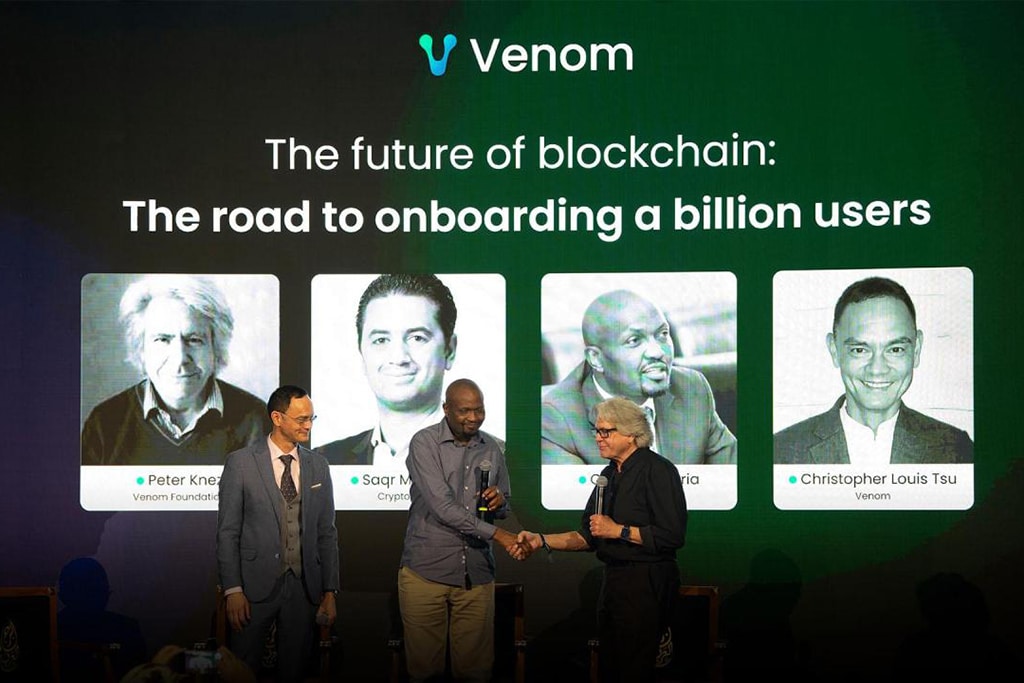Building For a Better India: Blockchain And Web 3.0

Opinions expressed by Contractor the contributors are their own.
You are reading Entrepreneur India, an international franchise of Entrepreneur Media.
Tezos India came into being in 2020 when entrepreneurs and developers leaned towards a public blockchain to develop projects on it. The company saw an opportunity to introduce Tezos to the Indian developer community when people gravitated towards Ethereum and started building on it, and then Tezos India came into being.

Freepik
Tezos India is a hub for builders, creators and innovators that aims to encourage the Indian developer community to create and scale new projects on Tezos. “We want to promote the Tezos ecosystem in India and make it easily accessible to the people as crypto and blockchain are the skyrocketing topics in the industry. Tezos India enables people to easily join the Tezos ecosystem as we believe that a large ecosystem is the sum of all its players. Revolutionizing and nurturing the online world is what we are aiming for,” said Om Malviya, President of Tezos India.
Despite the fact that blockchain technology has been around for more than ten years, it still seems to be trying to establish itself as a popular revolution, apart from the speculative excitement surrounding cryptocurrencies. In a 2018 PwC survey of CEOs, 84 percent said they were actively engaging in blockchain. According to their more recent Time to trust report, blockchain technology could add $1.76 trillion to the global economy and 40 million employees by 2030.
Challenges faced by the company were in the initial stages of setting up Tezos India. The company is witnessing over 30 projects being built on the Tezos blockchain itself. Another challenge the company faced was finding developers as developers were not ready to jump into Web 3.0 due to career opportunities and choices.
Digital identity maintained as an NFT can be used to solve a variety of problems, including granting rights to an identity and protecting the data-driven computations associated with that identity in a particular protocol. Users also have total control over the information that NFT discloses, protecting their privacy and control over their data. Living Avatar NFTs have the potential to develop into an important tool and integral part of Web 3.0 and the metaverse.
The value of digital assets is projected to rise significantly as consumer spending shifts to virtual worlds as people spend more time and money online. Ownership and control of digital assets can be securely transferred from companies to individuals through the use of a global framework such as NFTs.
Web 3.0 will increase direct online spending at an annual rate of 28 percent, from $1.4 trillion now to $12.5 trillion per year by 2030, and reduce annual offline spending by $7.3 trillion. Web 3.0 virtual ecosystems will flourish if online human users can own digital assets rather than just use or rent them. Public and decentralized blockchains simultaneously allow users to store and sell their assets in an authorized secondary market.
The ownership of digital assets on open blockchains is verified via NFTs, which act as smart contracts and to store, manage and validate assets, they usurp the authority of centralized systems. NFTs earned $21 billion in revenue in 2021 as the number of monthly unique buyers increased by around 8,000 percent to over 700,000.
The future of blockchain also depends on the gaming market, and based on the development of the blockchain gaming business, NFT demand for blockchain-based games and virtual worlds may exceed that of digital collectibles and art in the next five to ten years, especially as those elements begin to show greater utility in a variety of games.
“Web 3.0’s impact on businesses will be to make them more transparent and user-centric. There will be a radical transformation in everything that was wrong with the way businesses handled customer data in the past. Privacy and antitrust models will be on the table thanks to Web 3.0- features. It will not encourage centralized platforms to retain ownership of consumers’ data. Decentralization and privacy will take center stage as things turn around. Users now have a choice over how their data is seen, ending the monopoly of tech companies and reducing the number of privacy hacks to zero, ” Malviya added.
Malviya is optimistic about the future of Tezos India in the country and intends to provide more developer-centric resources and host more workshops on LIGO. The company intends to organize Hackerhouse and Fellowships programs and provide more grants to the developers, and support with funding their projects. Malviya is excited to launch Tezos India Arts and Culture (TIAC) which aims to educate and empower Indian artists through Web3 technology built on the Tezos decentralized blockchain network.

























